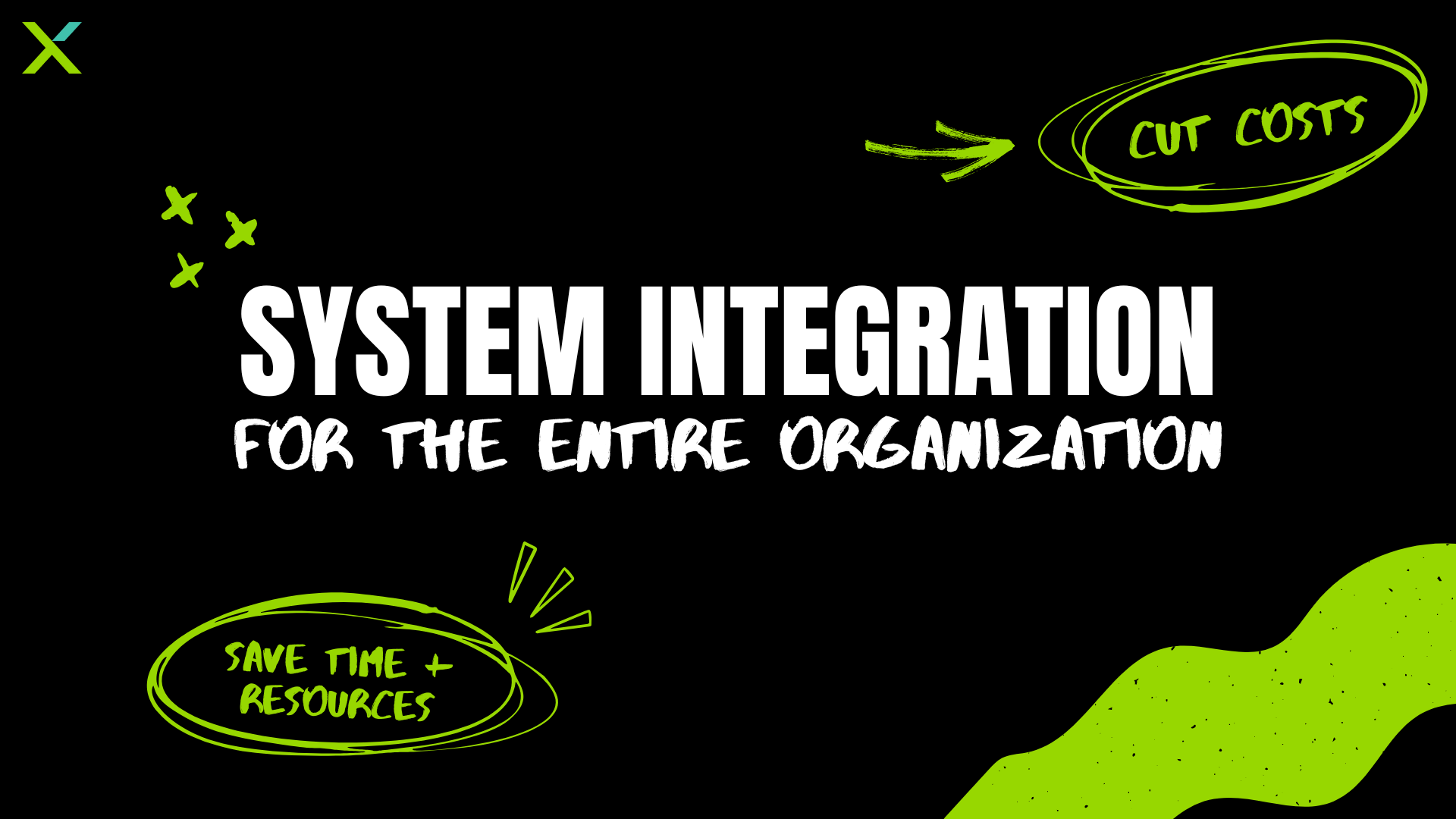
The utility industry relies on people with all kinds of different roles and responsibilities, not to mention background and technical abilities that are necessary in a constantly evolving workplace. Skill diversity makes every employee at a utility unique, but there’s one thing that’s always shared between every member of the workforce: the importance of data quality in their roles.
We’ve worked with many utilities from all over the world, so we’ve seen firsthand how people from different backgrounds can benefit from the highest-quality data – the kind that’s only possible with integrated systems. In this blog, we’re diving deeper into how system integration might affect your workflow, regardless of background and level of technical ability.
The benefits of system integration for IT and GIS professionals are well-documented. The Geonexus Integration Platform’s features – including comprehensive reporting, a dedicated preview mode, and cloud synchronization capability – are massively useful to those groups, but many utility employees outside of the IT and GIS teams might not realize how system integration can positively impact their workflows as well.
The first and most important advantage for the non-IT crowd is one that’s shared by just about everyone working at a utility: time savings. Having inaccurate data that requires constant human attention to correct is a waste of valuable resources, often taking up dozens of hours in a typical work week. This can affect several groups, including:
If data errors can be eliminated – or at least identified without human intervention – the time needed to prevent or fix errors caused by bad data becomes exponentially smaller, and teams across the organization will be able to get more work done. Through automatic data synchronization and reports that locate and identify errors in your data, the Geonexus Integration Platform enables productivity boosts across your organization.
In a time when operational costs are rising across the board, every organization wants to save money wherever possible. Having integrated systems allows for major savings in one major area that might not be obvious at first glance: labor costs.
With integrated systems, data errors are much easier to prevent and identify and there’s no need to pay for maintenance employees to wait for errors to be fixed or IT teams to spend hours combing through spreadsheets looking for inconsistencies. By eliminating these unnecessary labor costs, your organization can save a substantial amount of money. Where your organization spends that money may vary, but there are plenty of options that would make a big difference to non-IT workers, including:
Overall, the best part about having budget flexibility is that it ends up benefiting everyone regardless of their role. When utilities aren’t saddled with expensive rework and inefficient data maintenance practices, it’s not just the IT and GIS professionals who see the benefits of using newfound savings in other areas – it’s the entire organization.
For a project that may seem to only benefit IT and GIS professionals, system integration’s benefits truly stretch across entire organizations – and especially into the non-IT crowd. We hope this blog has shed some light on how system integration can enable positive change for the non-IT teams in your own organization. If you’re considering integrating your GIS, CIS, or EAM systems but don’t know where to start, reach out and schedule a demo with us today.
At Geonexus our mission is to ensure integrity and reliability of enterprise data to support effective decision making. Our Integration Platform is an enterprise-grade integration solution that is easy to use, reliable, and includes out-of-the-box connectors for Esri® ArcGIS®, IBM® Maximo, SAP®, ABB® Ellipse, Oracle® Utilities, and other leading enterprise systems. Asset-intensive organizations across the globe use the Geonexus Integration Platform in industries including utilities, telecommunications, pipeline, transportation, and government.